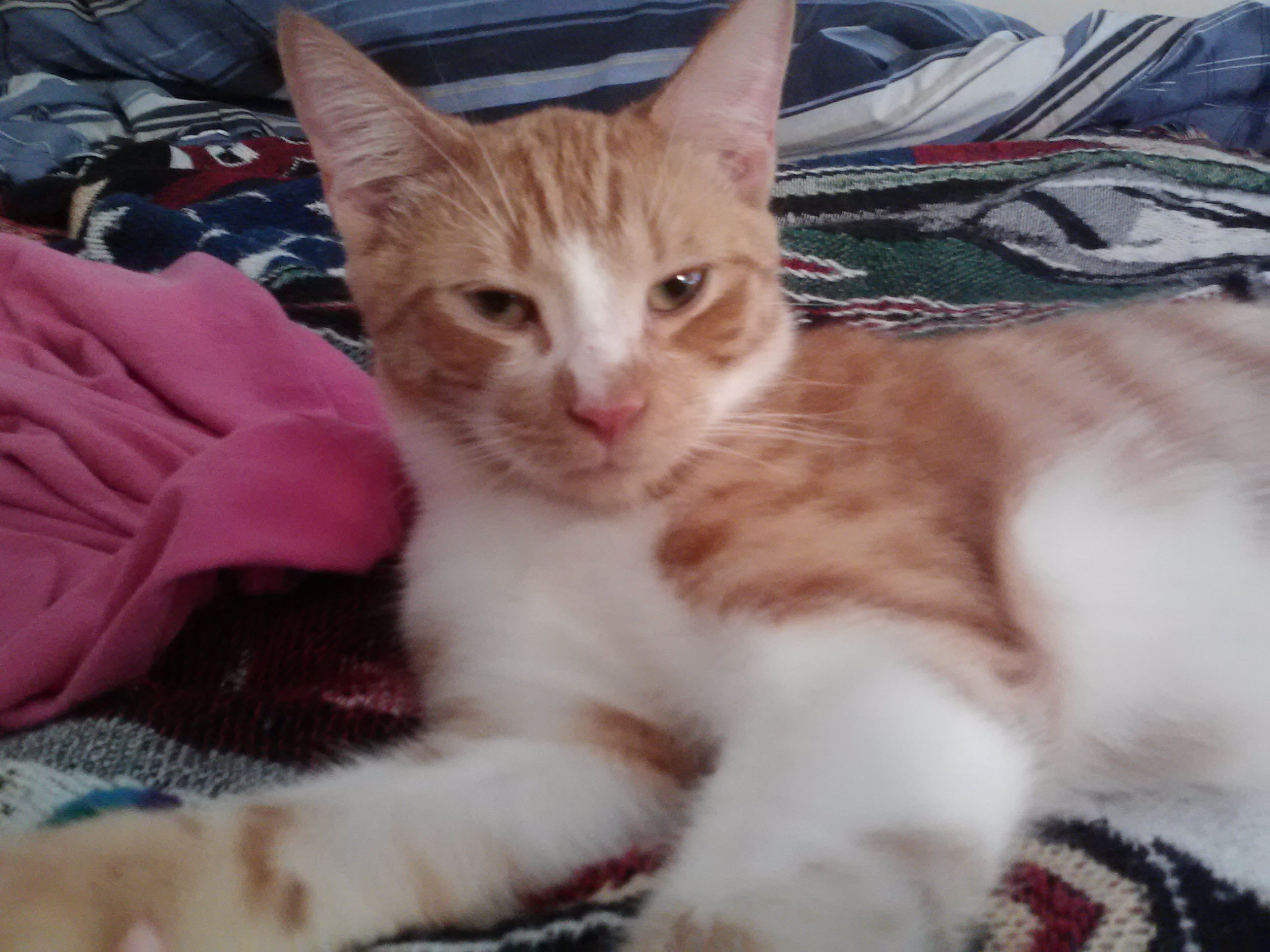 When throwing two cats into one environment you have to give proper consideration to their respective positions. Otherwise you may be asking for trouble.
When throwing two cats into one environment you have to give proper consideration to their respective positions. Otherwise you may be asking for trouble.
Be patient when bringing a new cat into your home. The introduction must be gradual. It takes most cats 8-12 months to develop a friendship with a new cat.
Even if she has lived harmoniously with other cats in the past or was at the humane society, it’s unfortunately impossible to predict whether or not any two cats will get along.
The more cats you have, the higher the likelihood that there will be conflicts among them. The individual personalities of the cats are more important than any other factor, such as sex, age or size.
Step 1: Controlling First Impressions
If two cats display aggression during their first meeting, this may set the mood for their future relationship. It is strongly recommended that you separate your resident cat from your new cat when you first bring her home so that you can control their initial meeting.
- The two cats should be able to smell and hear – but not see or touch – each other
- Each cat should have her own food and water bowl, litter box and scratching post etc.
- Feed the cats near the door that separates them so they learn that coming together (even though they can’t see each other) results in a pleasant experience.
- In addition to regular cat food, feed the cats extra-special treats near the door as well
- After two or three days, switch the cats’ locations so that they can investigate each other’s smell.
- After a few more days, play with each of the cats near the door. You can encourage them to paw at toys under the door.
Step 2: Letting the Cats See Each Other
Assuming that you see no signs of aggression at the door (hissing, growling, etc) after a week or so, you can introduce the cats to each other.
Step 3: Letting the Cats Spend Time Together
- Supervise these initial face-to-face interactions carefully.
- After a meal or strenuous play is a good time to bring cats together, since they are likely to be relatively calm.
- In case they begin to fight, keep a water bottle handy
Allow them longer and longer periods of time together as they become more familiar with each other.
Final Tips
When it comes to a multiple cat household, introduce each new resident to the newcomer individually.
Peace and Love are present in my world now,

![]()











